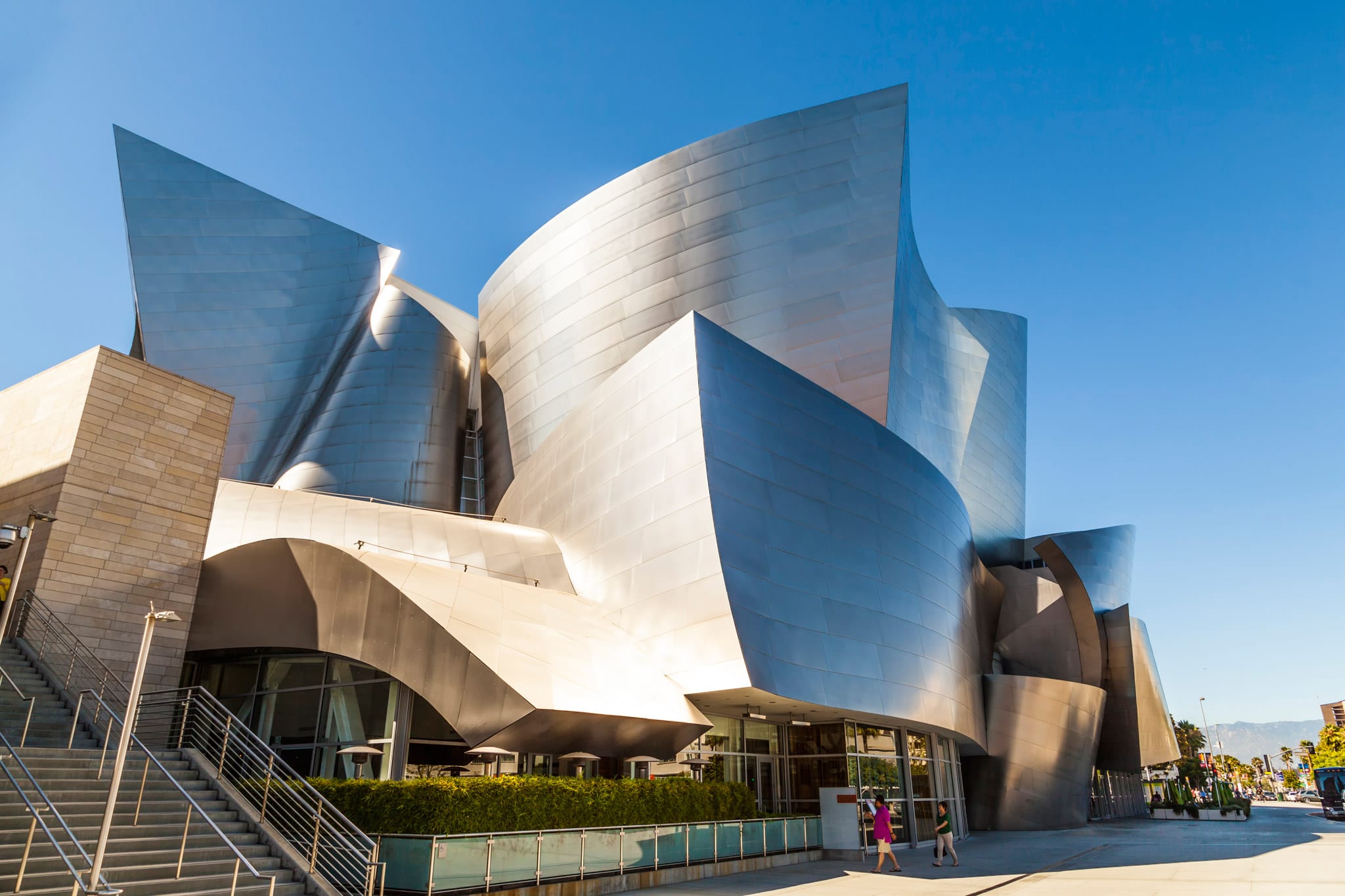An Extensive Summary of Architectural Styles and Their Impact on Modern City Preparation and Development
Building styles have actually long served as a mirror to the social values and technical developments of their time, playing an essential duty in forming contemporary city planning and growth. From the majesty of Neoclassicism to the practical method of Brutalism, each style has actually presented distinct concepts that affect city appearances and functionality.
Historic Introduction of Architectural Designs
Throughout history, architectural designs have actually developed in response to social, technological, and ecological elements. Each duration shows the prevailing values, ideas, and advancements of its time, leading to an abundant tapestry of style that indicates human creative thinking and adaptation. The ancient human beings, such as the Egyptians and Greeks, established fundamental styles that highlighted proportion and proportion, offering both functional and aesthetic functions.
As cultures transitioned via the Middle Ages, Gothic design arised, characterized by its verticality and elaborate outlining, matching the spiritual aspirations of the age. The Renaissance marked a resurgence of classic perfects, combining art and architecture in innovative manner ins which affected succeeding designs throughout Europe.
The Industrial Revolution introduced new materials and building and construction methods, prompting motions like Modernism, which challenged typical forms and accepted simpleness and functionality. The 20th century saw a diversification of styles, with Postmodernism reacting versus the raw minimalism of its precursor, including historic referrals and eclectic elements.
Today, building styles continue to progress, driven by globalization and sustainability worries, mirroring a vibrant interaction in between heritage and technology. This historic review emphasizes the value of style as a mirror of social development and as a driver for urban development.
Secret Architectural Styles Explained
The diversity of architectural designs mirrors the myriad impacts that shape our developed environment, each embodying distinct characteristics and cultural significances. Trick building designs include Classical, Gothic, Baroque, Innovation, and Postmodernism, each standing for special historic contexts and aesthetic philosophies.
Classic architecture, rooted in old Greece and Rome, highlights proportion, proportion, and making use of columns. In comparison, Gothic style, thriving in the center Ages, is defined by sharp arches, ribbed safes, and flying buttresses, producing an aerial high quality in cathedrals. Baroque style, arising in the 17th century, is marked by grandeur, intricate decoration, and a vibrant interplay of light and darkness.

Recognizing these styles offers understanding into the social stories and technological innovations of their corresponding periods, highlighting just how design serves not equally as a shelter, but as a reflection of societal worths and desires.
Influence on Urban Preparation
In shaping the development of cities, building styles dramatically influence city planning choices. The option of building style usually dictates the visual appeals, capability, and general personality of city environments.
Moreover, architectural designs can impact zoning guidelines and land utilize plans. Urban coordinators must take into consideration the prevailing architectural trends when making districts, making sure that brand-new developments balance with existing structures. This consideration promotes cohesive city landscapes and improves neighborhood identification.
The application of details architectural designs can likewise affect socioeconomic factors within a city. Premium modern layouts might bring in wealthy residents and businesses, leading to gentrification, while more economical housing options could focus on functional and lasting styles to fit diverse populations. Ultimately, the interplay between architectural designs and city preparation produces dynamic cities that show both historical context and contemporary needs, shaping the lived experiences of their inhabitants.
Sustainability and Modern Style
Building designs play a critical duty in resolving modern difficulties, especially in the realm cda architects of sustainability. As city locations expand and environmental worries heighten, contemporary architecture progressively welcomes lasting style principles that focus on energy performance, resource conservation, and minimal eco-friendly effect.
Contemporary architectural activities, such as biophilic style and green style, advocate for frameworks that balance with their surroundings, making use of natural products and promoting biodiversity - cda architects. These designs typically incorporate eco-friendly energy resources, such as photovoltaic panels and wind generators, to reduce dependence on fossil fuels and reduced carbon footprints
Furthermore, the combination of advanced modern technologies, such as smart structure systems, enhances power management, enhancing source usage while making certain resident convenience. Innovative water administration techniques, consisting of rainwater harvesting and greywater recycling, additional contribute to sustainable urban atmospheres.
Notably, sustainability prolongs past environmental worries; it incorporates social and economic dimensions. By promoting area health and promoting inclusivity, modern architectural designs straighten with lasting development goals. navigate to this site The evolution of architectural practices proceeds to form resistant cities that not just meet the requirements of the existing yet additionally safeguard the future for generations to come.
Community Engagement in Design
Community engagement in layout serves as an important bridge between architects and the populations they serve, ensuring that the built environment reflects the demands and aspirations of its customers. This joint procedure welcomes neighborhood members to contribute their insights and choices, cultivating a feeling of possession and duty towards the rooms they live in.
Effective area involvement utilizes various approaches, such as workshops, studies, and public forums, to collect varied point of views (cda architects). These approaches help with a two-way discussion, permitting architects to recognize regional contexts while equipping locals to voice their concerns and wishes. This inclusivity not only improves the design high quality but also advertises social equity by attending to the distinct challenges dealt with by marginalized groups

Conclusion
Building designs have actually exceptionally influenced modern city preparation and growth, showing Get More Info developing cultural and technical contexts. As cities continue to grow and adjust, the continuous dialogue in between architectural heritage and modern-day style principles will certainly stay vital in creating comprehensive, vibrant rooms that enhance high quality of life and promote social equity.